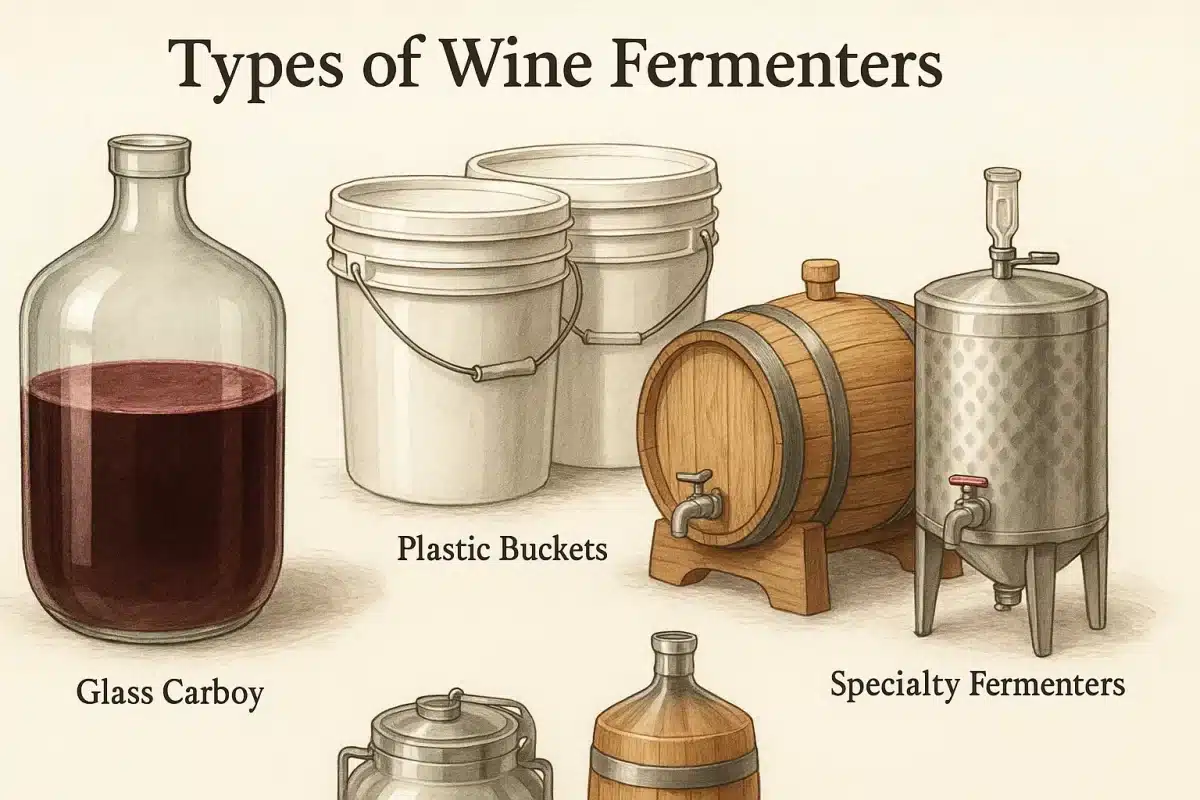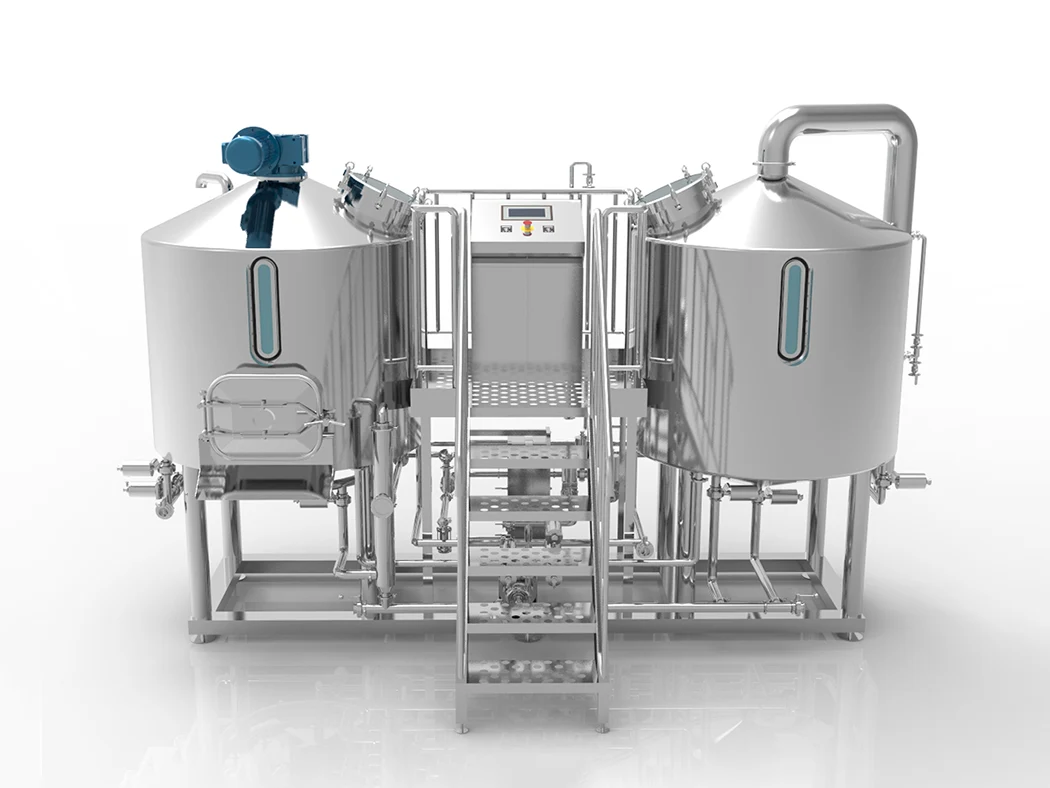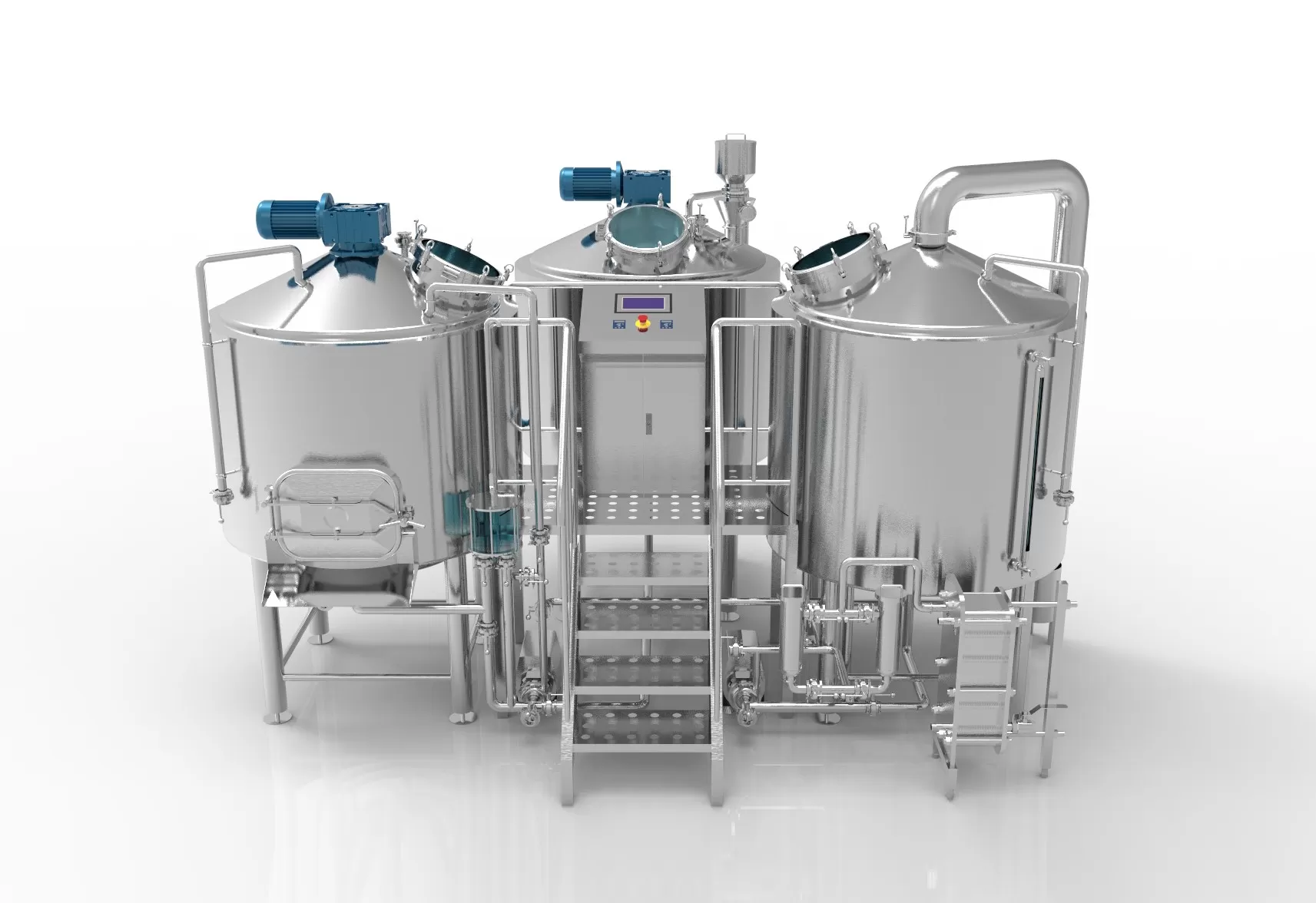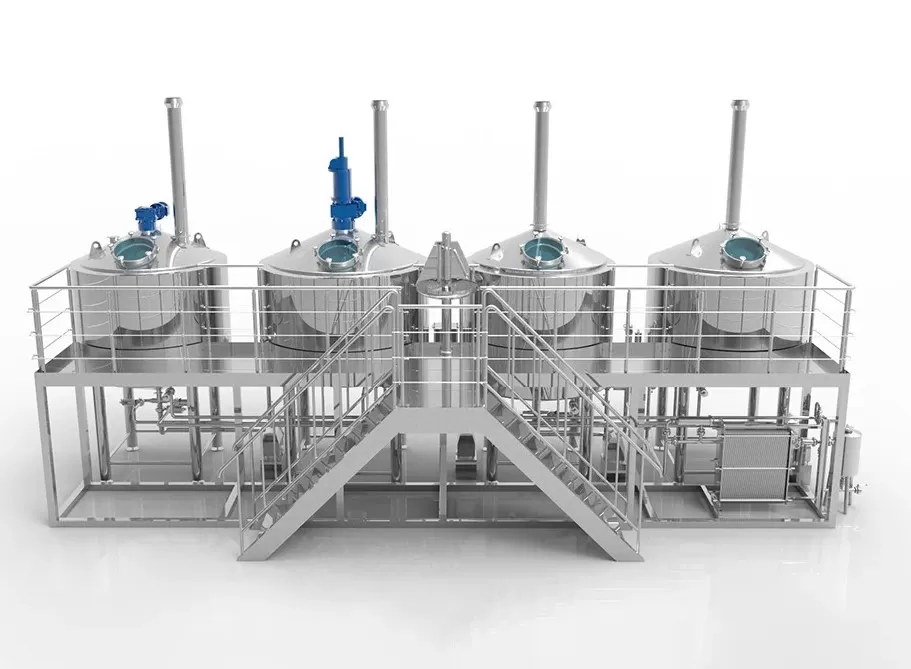What is a Wine Fermenter?
A wine fermenter is a big pot where grape juice turns into wine. The pot holds the juice while tiny yeast bugs eat the sugar and make alcohol. This is how all wine is born!
Have you ever tried to make wine at home using old jars or pots? Did your wine taste bad? Did it get moldy? These are big problems for wine makers.
Making good wine without the right tools is very hard. The wrong pot can ruin your wine. Bad pots let in air that spoils the wine. The wrong pot can make your wine taste like plastic. Your wine might get too hot or too cold and die.
This makes wine lovers sad and mad. They spend lots of time and money on good grapes, then the wine goes bad in the wrong pot! Many give up after bad tries.
But there is good news! The right wine fermenter can fix these problems. Good fermenters keep air out. They help you control heat. They make it easy to move wine without mess. And they help make wine that tastes clean and good.
Let’s look at the best pots for making your wine dreams come true!
Types of Wine Fermenters
Not all wine pots are the same. Each kind has good points and bad points.
Glass Carboys
Glass carboys are like big see-through jugs.
Good points:
- You can see the wine inside
- Glass does not change how wine tastes
- Not very costly
Bad points:
- They can break if you drop them
- They are heavy
- Hard to clean inside
Glass is good for small wine batches when you want to watch the wine work. Many home wine makers start with these.
Plastic Buckets
Plastic buckets are the most basic wine pots.
Good points:
- Very cheap
- Light weight
- Easy to clean
Bad points:
- Air can get in
- Can get scratched and hold bad bugs
- May add odd tastes to wine
Plastic is best for first-time wine makers or for the first few days of wine making. But not for the full job.
Stainless Steel Conical Fermenters
Stainless steel fermenters are what the pros use.
Good points:
- Last for many years
- Can set the right heat
- Have handy valves and ports
- Easy to keep clean
- No odd tastes in wine
- Look very cool!
Bad points:
- Cost more money
- Heavier than plastic
- Need more care
Many top wine makers say that once they try stainless steel wine fermenters, they never go back to glass or plastic. The wine just comes out better!
Specialty Fermenters
Some wine pots have special jobs:
- Oak fermenters add wood taste to wine
- Variable capacity tanks work for big or small wine batches
- Pressure fermenters help make fizzy wines

Top 5 Features That Make Better Wine
What makes a wine pot good or bad? Here are the big things that matter:
1. Temperature Control
Wine yeast bugs are picky! They need the right heat to make good wine.
- Too hot? Wine tastes like hot alcohol
- Too cold? Wine stops working
Good wine fermenters keep heat just right. The best ones have cooling jackets or spots for temp sensors.
Many wine makers have sad stories about wine that got too hot and tasted bad. With good heat control, your wine will taste clean and fresh!
2. Airlock Systems
Wine needs to let out gas but keep out air. That’s what airlocks do.
There are many kinds:
- S-shaped locks
- Three-piece locks
- Dry airlocks
- Wet airlocks
The best wine pots come with good airlocks or spots to add them.
3. Sediment Management
Dead yeast and grape bits fall to the bottom of wine. This “gunk” can make wine taste bad if it stays too long.
Good wine pots help you deal with this gunk:
- Conical bottoms let gunk slide down
- Racking ports let you move clear wine off the top
- Valves help you dump out just the gunk
4. Material Safety
What your wine pot is made of matters a lot!
Research shows:
- Stainless steel: 65% of wine pros pick this
- Glass: 25% use this
- Plastic: Only 10% like to use this
Why? Tests show that plastic wine pots have a 41% chance of heat problems that can spoil wine. Stainless steel only has an 8% risk of this problem.
The best wine pot makers use top-grade food-safe materials that won’t hurt your wine or your health.
5. Volume Scalability
As you make more wine, you need bigger pots. Good wine pot systems can grow with you.
Some smart wine makers with growing skills choose pots from makers that offer many sizes in the same style, so they can stick with what they know as they make more wine.
Buyer’s Decision Guide
Not sure what to buy? This helps match your needs to the right wine pot:
| What Matters | New Wine Makers | Wine Pros |
|---|---|---|
| Price | Under $100 (plastic) | $300+ (stainless) |
| Batch Size | 1-5 gallons | 10+ gallons |
| Key Features | Airlock, easy cleaning | Temp control, sample port |
| Top Brands | FerMonster, Northern Brewer | SS Brewtech, Spike, Micet |
Price Ranges & Recommendations
How much should you spend? Here’s what you get at each price:
Budget (Under $50)
- Plastic buckets with basic air locks
- Good for first-timers
- May need to buy more parts
Mid-tier ($50-$200)
- Glass carboys with good tools
- Some small stainless pots
- Good for home wine makers
Premium ($200+)
- Stainless steel with all the bells and whistles
- Heat control
- Pro-grade valves and ports
- Long life span
As wine pot maker Nancy says: “Wine making is not just a hobby, it’s a way of life. Your tools should last as long as your passion.” With 15 years in the field, she knows that the right pot makes all the difference between good and great wine.
Maintenance & Pro Tips
Even the best wine pots need good care. Here’s how to keep yours in top shape:
Cleaning Is Key
After every batch of wine, you must clean your pot well. Bad bugs can hide and ruin your next wine!
- Rinse with hot water
- Use safe cleaners like Star San or PBW
- Scrub all spots bugs might hide
- Rinse well so no soap stays
- Let dry fully before next use
Wine pros with top skills say that 95% of wine problems come from pots that were not cleaned right!
Stop Air From Getting In
Air is the enemy of good wine. It makes wine turn to vinegar.
Tips to keep air out:
- Check all seals and gaskets
- Make sure air locks have water
- Fill wine pots up high to leave less air space
- Use inert gas for long storage
Fix Common Problems
When things go wrong, here’s what to do:
Stuck fermentation (wine stops bubbling too soon):
- Check heat – too cold?
- Add yeast food
- Stir to wake up yeast
Off-flavors (wine smells or tastes bad):
- Too much air? Use better seals next time
- Bad bugs? Clean more next time
- Too hot? Get a pot with heat control
Top wine makers learn from each batch. They keep notes and get better each time. With good tools like stainless wine fermenters, each batch should be better than the last!

Market Trends in Wine Fermenters
The wine pot world is growing fast! Look at these facts:
- 27% growth each year (2023-2030)
- More home wine making since the pandemic
- More people want pro-grade tools at home
What does this mean for you? More choices and better tools! But it also means more junk and fake “pro” tools.
“We have seen a big jump in people wanting to make wine at home,” says a wine pot maker with more than a decade of experience. “But we also see many sad customers who bought cheap pots that failed them. That’s why we focus on quality that lasts.”
Wine Fermentation Insights
Data-driven analysis of modern wine production equipment
Preferred Fermenter Materials
Temperature Failure Rates
Conical Adopters
Top Failure Modes
Market Growth: 27% Annually
2023-2030 forecast (Sources: Wine Business Monthly, IBISWorld)
Common Wine Fermenter Failures
No one wants bad wine! Here are the top ways wine pots fail:
Top 5 Wine Pot Problems
- Oxidation (35%): Air gets in and spoils wine
- Temperature Fluctuations (28%): Wine gets too hot or cold
- Sediment Contamination (20%): Gunk makes wine taste bad
- Material Degradation (12%): Pot breaks down, hurts wine
- Seal Failure (5%): Leaks and air gaps
Want to skip these problems? Look for wine pots made by people who know wine, not just pots.
Some micro brewery equipment makers have moved into wine pots, bringing good ideas from beer making. The best ones test their pots with real wine makers to make sure they work right.
Which Wine Fermenter Is Best For You?
The best wine pot for you depends on your goals:
For First-Time Wine Makers
Start with a good plastic bucket kit or glass carboy. They cost less and help you learn.
For Serious Home Wine Makers
Move up to small stainless wine fermenters. Look for:
- Easy to clean designs
- Good temp control
- Quality air locks
- Trusted makers with good help
For Small Pro Wine Makers
Only pro-grade stainless steel wine fermenters will do. Look for:
- Full temp control
- Easy to move wine
- Fast cleaning
- Long life spans
- Good help when you need it
When you pick a wine pot maker, ask:
- How long have they made wine pots?
- Do real wine pros use their pots?
- What help do they give after you buy?
- How long do they fix things for free?
The best makers stand by their wine pots for years. Look for at least 1-year fix-it deals on small parts and 3 years on the main pots.

Advanced Wine Fermenter Technologies
Top wine pots now have cool new tech:
Precise Temperature Control
The best pots keep heat right to 0.5 degrees. This makes wine taste the same batch after batch.
Smart Monitoring
Some new wine pots can send heat and sugar data to your phone. You can check your wine from far away!
Easy Yeast Harvesting
Pro wine pots make it easy to save good yeast for next time. This saves money and makes each batch better.
Quick-Clean Systems
New clean-in-place systems save hours of scrub time. Just hook up and let the pot clean itself!
When asked what makes the best wine pots, a maker with more than 20 years of skill said: “It’s not just about the pot. It’s about the full system and the team that helps you use it. We don’t just sell pots – we help make great wine.”
FAQ Section
Can I use a beer fermenter for wine?
Yes, you can use beer fermenters for wine. Just know that wine needs different care than beer. Wine takes longer and makes more gunk. Pick a beer pot with a good valve to help deal with the gunk.
Glass vs. stainless steel: Which lasts longer?
Stainless steel wins for life span. Glass can last for years but will break if dropped. Stainless steel can last for decades with good care.
How often should I clean my fermenter?
Clean your wine pot after every batch. No breaks! Even small bits of old wine or bugs can ruin your next wine. Quick rinses are not enough – use good cleaners made for wine pots.
Can temperature really ruin my wine?
Yes! Heat is very important. Too hot (over 85°F) can kill yeast or make bad tastes. Too cold (under 60°F) can make yeast sleep and stop working. Red and white wines like different heats too.
Is it worth paying more for a stainless fermenter?
For most wine makers who plan to make more than a few batches, yes. Stainless costs more up front but lasts much longer and makes better wine. Many home wine makers say they wish they had started with stainless and saved the cost of buying cheap pots first.
Conclusion: Key Takeaways
Making good wine starts with the right pot. Here’s what to remember:
- Match your wine pot to your batch size and skill. Start small, then grow.
- Invest in temperature control for the best wine taste. This matters more than most new wine makers think!
- Cleaning is life or death for good wine. A clean pot is key to wine you’ll be proud to share.
- The best wine pot makers know wine, not just pots. Look for makers with real wine skill and good help when you need it.
- Good tools are worth the cost. Cheap pots lead to sad wine and wasted grapes.
As you grow your wine making skills, look for tools that grow with you. The right wine making equipment partner will help you at each step, from your first home batch to your own small winery.
The wine pot world is full of choices. But now you know what matters most. Use this guide to find the right wine fermenter for your needs, and soon you’ll be making wine you’re proud to share!
This guide aims to help both new and skilled wine makers pick the right tools. The wine world grows fast, and good tools make all the difference between sad homemade wine and bottles your friends will beg for!



